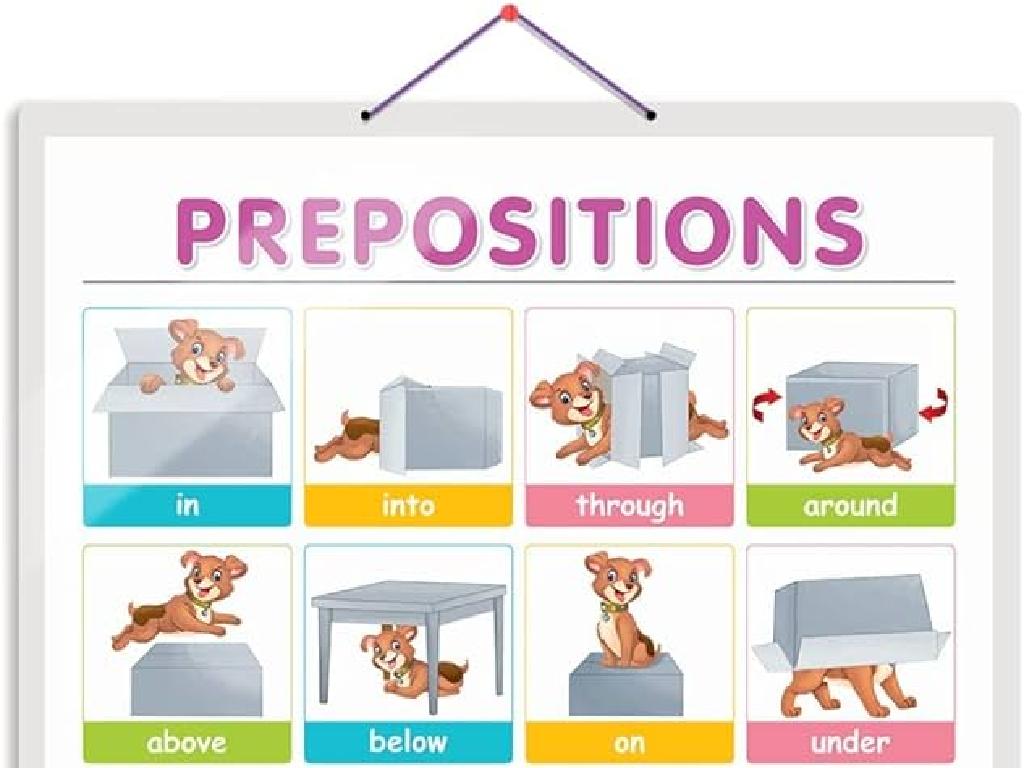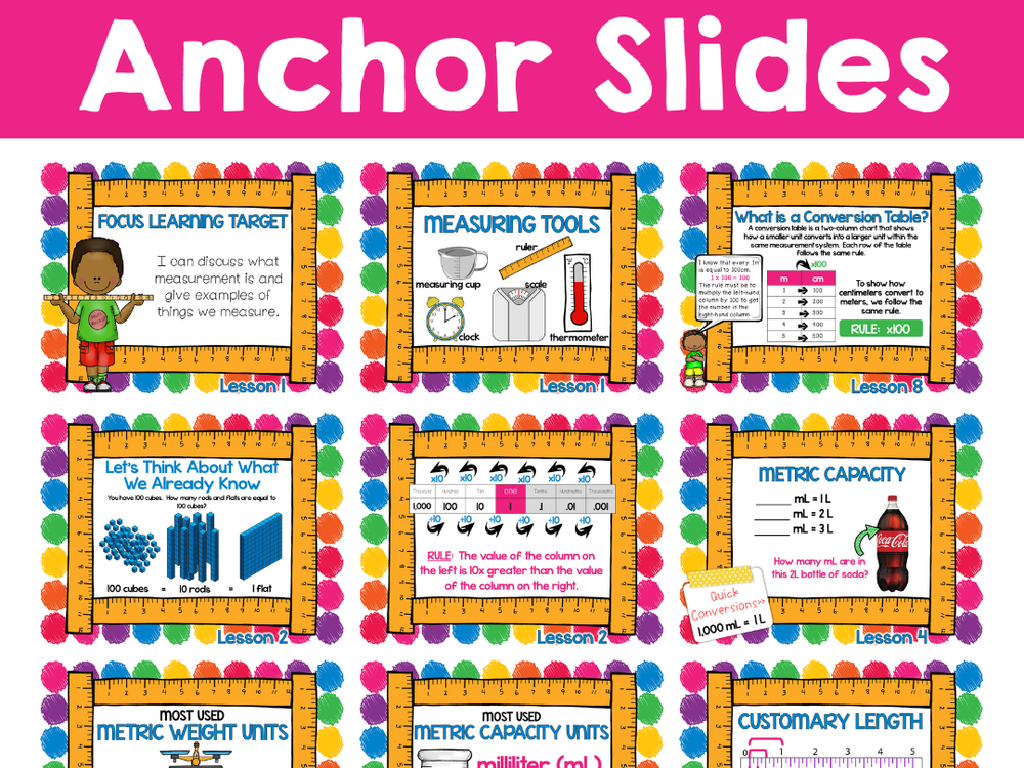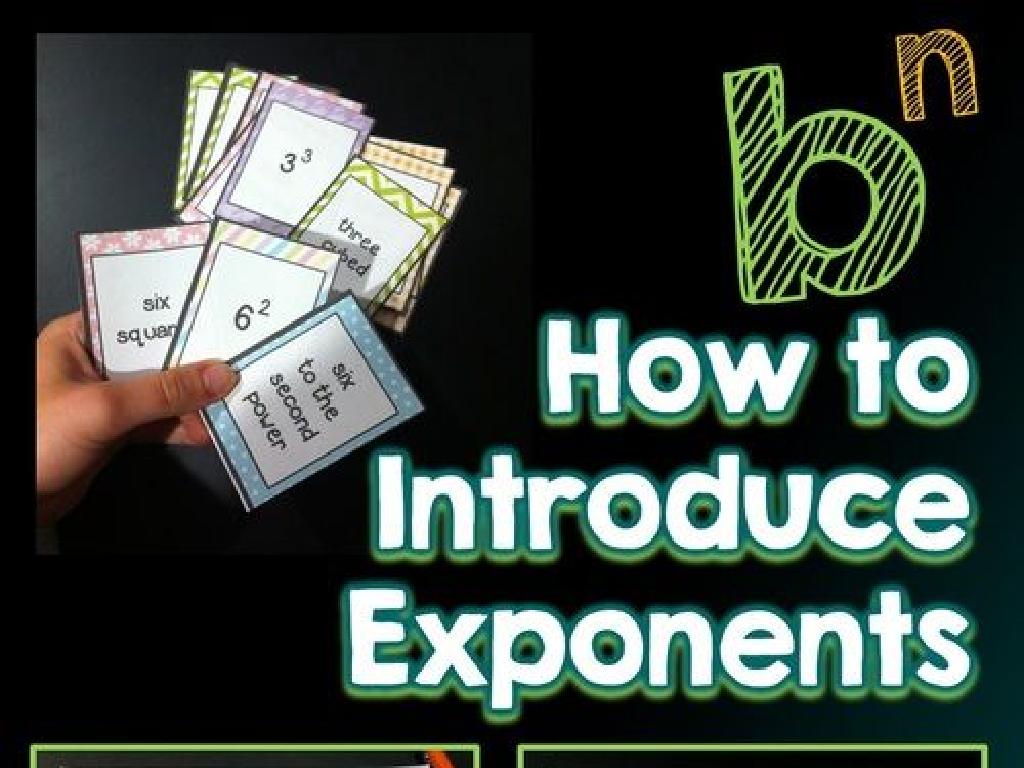State And Local Government
Subject: Social studies
Grade: Eighth grade
Topic: Government
Please LOG IN to download the presentation. Access is available to registered users only.
View More Content
Understanding State and Local Government
– Role of State and Local Govt.
They manage local affairs, education, and public safety.
– Differences from Federal Govt.
State and Local Govt. have unique powers separate from Federal Govt.
– Impact on daily life
They provide services like schooling, policing, and local infrastructure.
– Significance in community
|
This slide introduces students to the concept of state and local governments and their roles in the United States’ political system. Emphasize that while the federal government handles national affairs, state and local governments are responsible for managing a range of services that directly affect students’ everyday lives, such as education, law enforcement, and transportation. Discuss the division of powers between the different levels of government and how this system allows for more tailored and immediate governance at the local level. Encourage students to think of ways they interact with their state and local governments daily, such as attending school or using public parks, to make the topic more relatable and concrete.
The Structure of State Government
– Overview of three branches
– Executive, Legislative, Judicial branches work together to govern
– Branch roles and responsibilities
– Executive enforces laws, Legislative creates laws, Judicial interprets laws
– State law creation process
– Bills are proposed, debated, and voted on in the state legislature
– Law enforcement at state level
– State police and agencies ensure laws are followed
|
This slide provides an overview of the structure of state government, focusing on the three branches and their functions. The executive branch, headed by the governor, is responsible for enforcing state laws. The legislative branch, which includes the state senate and house of representatives, creates new laws and amends existing ones. The judicial branch, made up of the state’s court system, interprets laws and administers justice. Students should understand how a bill becomes a law at the state level, including proposal, debate, and voting procedures. Additionally, they should learn about the role of state law enforcement agencies in ensuring laws are followed. Use examples from your state to illustrate these concepts and encourage students to think about how these branches impact their daily lives.
The Structure of Local Government
– Counties vs. cities vs. towns
– Counties often cover larger areas, cities may have more services, and towns are typically smaller.
– Roles of mayors and councils
– Mayors lead cities, councils make laws, boards manage resources like schools and water.
– Boards and their functions
– Boards can include school boards, zoning boards, and utility boards, each with specific duties.
– Services by local governments
– Local governments provide services like policing, schools, waste management, and public works.
|
This slide aims to explain the different layers and roles within local government. Students should understand the varying responsibilities and structures of counties, cities, and towns. Emphasize the leadership role of mayors, the legislative role of city councils, and the oversight role of various boards. Discuss the essential services that local governments provide to their communities, such as education, public safety, and infrastructure. Use local examples to illustrate these points, and encourage students to think about how these services impact their daily lives.
Elections and Representation in State and Local Government
– Electing state and local officials
– Officials are chosen through elections, which may include governors, mayors, and council members.
– Voting’s role in civic duty
– Voting is crucial for democracy, allowing citizens to voice their opinions and influence government.
– Case study: Impact of a local election
– Analyze a recent local election, such as a mayoral race, and discuss the outcomes and changes it brought.
|
This slide aims to educate students on the democratic process at the state and local levels, emphasizing the importance of elections and the role of citizens in shaping their government through voting. It’s essential to highlight the direct impact that state and local officials have on the community, such as in education, public safety, and local policies. By examining a recent local election, students can see real-world examples of how their participation can lead to tangible changes. Encourage students to think about why every vote counts and the importance of staying informed about local issues.
State vs. Federal Powers in the U.S.
– Explore the 10th Amendment
– Grants powers not given to federal government nor denied to states to the states or people
– State powers: Education, Police
– States handle schools, law enforcement, and local policies
– Federal powers: Defense, Currency
– Federal government manages national defense, monetary system, and interstate commerce
– Balance of power
|
This slide aims to clarify the distinction between state and federal powers as outlined by the U.S. Constitution, particularly the 10th Amendment. It’s crucial for students to understand that the 10th Amendment serves as the foundation for a federalist system, where power is divided between the national government and the states. State powers include managing public education and local law enforcement, while federal powers encompass national defense and the monetary system. Discuss how this balance of power is designed to ensure that government remains close to the people it serves and responsive to their needs. Encourage students to think of additional examples of state and federal powers and how they impact their daily lives.
State and Local Government: Funding and Budgets
– Raising government funds
– States/localities generate revenue through various means, including taxes, fees, and grants.
– Taxes and federal aid roles
– Taxes are a primary source of revenue, while federal aid supports specific projects or services.
– Setting spending priorities
– Priorities include education, public safety, and infrastructure, reflecting community needs.
– Impact of budget decisions
– Budgets affect resource allocation, influencing the quality of services and community growth.
|
This slide aims to explain the financial aspects of state and local governments. Students should understand how these government levels raise money through taxes, fees, and receiving federal aid. Emphasize the importance of taxes as a primary revenue source and how federal aid can supplement local budgets. Discuss how governments must decide on spending priorities, such as funding schools, police, and road maintenance, which directly affect residents’ daily lives. Highlight the significance of responsible budgeting and how it impacts the community’s development and well-being. Encourage students to think about how these financial decisions might influence their own community.
Challenges in State and Local Governments
– Addressing education concerns
– Funding, quality, and access disparities
– Infrastructure development issues
– Repair and modernization of roads and bridges
– Healthcare system challenges
– Availability and affordability of medical services
– Policy impacts on communities
– How laws affect local economy and society
|
This slide aims to highlight the common challenges that state and local governments face, with a focus on education, infrastructure, and healthcare. Discuss the complexities of funding education and ensuring equal access to quality resources. Address the ongoing need for infrastructure improvements, including the repair and modernization of roads and bridges. Explore the healthcare system’s challenges, particularly in providing accessible and affordable services. Examine the broader impact of state and local policies on communities, considering both economic and social effects. Encourage students to think critically about a recent challenge in their own state or local area, prompting a class discussion to understand the real-world implications of these issues.
Class Activity: Government Role-Play
– Form groups to represent government parts
– Discuss a local issue within groups
– Consider roles like mayor, council members, etc.
– Develop a solution proposal
– Think creatively and collaboratively
– Present findings to the class
|
This activity is designed to give students a practical understanding of how state and local governments function by simulating their roles. Divide the class into small groups, each representing different parts of the government such as the mayor’s office, city council, or local boards. Assign or let each group choose a current local issue they are passionate about. Guide them to discuss the issue from their government role’s perspective and develop a realistic solution. Each group will then present their proposed solution to the class, fostering a deeper understanding of the complexities and responsibilities of government roles. Possible issues could include park safety, school funding, or local traffic problems. Encourage students to consider the impact of their decisions on the community.






